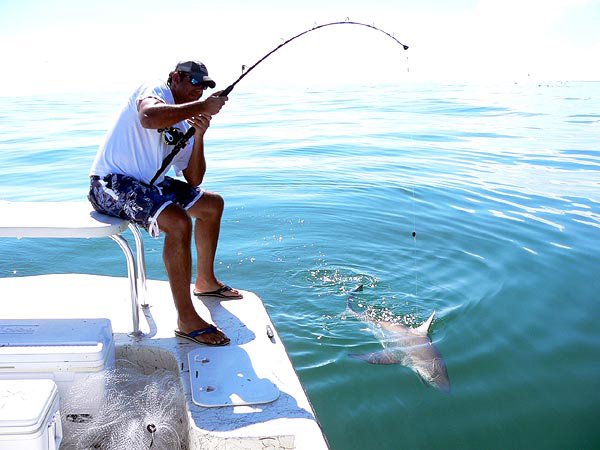Statistics for texas scramble with 3s and 4s.
Question
QUESTION: Dear Ken,
in our club we do sometime play texas scramble but then have mixed teams of 3 players and 4 players. I am looking for the statictis of advantage of teh one over the other and/or a handicap correction.
Can you help me out.
thanks
Tom Gerretsen
ANSWER: Hi Tom,
I haven't seen anything on this in terms of a full mathematical analysis. The 4 players team definitely has an advantage. By how much, I'm not sure.
Let me work on some numbers. I'm quite busy right now with a couple of projects so it'll probably be about a week before I get back to you.
Best regards,
Ken Tannar
---------- FOLLOW-UP ----------
QUESTION: Dear Ken,
I assume your busy life kept you away a bit longer but as I have seen no follow-up now for some weeks (your initial reply was from 21 januari) can I ask you if you succeeded in juggling the numbers?
Thanks for your help.
Tom Gerretsen
Answer
Hi Tom,
Sorry for the delay.
What you're asking is extremely complex, so I've made some simplified assumptions.
We can get a general idea about the difference by assuming the likelihood of each player hitting a good or decent shot (that could be used for the next shot) is always the same. In reality, this is not the case as one may be poor driver but have a good short game, and vice versa. As well, putts have a much higher degree of error than do tee shots (one can recover by a poor drive and still make par; a missed put, however, is a totally missed shot).
I'll assume 4 levels of players: low handicap, medium low handicap, medium high handicap and high handicap (a foursome would have one of each). I'll model the outcomes with a probability model.
The probability of each player hitting a usable shot would be:
low handicap = 0.75 (3 of 4 shots)
med-low = 0.50 (every 2nd shot)
med-high = 0.167 (1 of 6 shots)
high = 0.0833 (1 of 12 shots)
I won't get into the probability calculations but will just provide the results.
only 3 players
4 players Probability Probability
one of each 0.90 1 2 3 4 5 6
two lows, med1, med2 0.97 1.08 8 0.90 0.99 -1
two lows, med1, high 0.97 1.07 7 0.89 0.98 -2
two lows, med2, high 0.95 1.05 5 0.81 0.89 -11
two med1, med2, low 0.95 1.05 5 0.90 0.99 -1
two med1, med2, high 0.81 0.89 -11 0.62 0.68 -32
two med1, low, high 0.94 1.04 4 0.89 0.98 -2
two med2, med1, low 0.91 1.01 1 0.90 0.99 -1
two med2, med1, high 0.68 0.75 -25 0.62 0.68 -32
two highs, med1, med2 0.65 0.72 -28 0.62 0.68 -32
two highs, med1, low 0.89 0.99 -1 0.89 0.98 -2
two highs, med 2, low 0.82 0.91 -9 0.81 0.89 -11
The baseline probability is for 4 players, one from each group = 0.90
90% chance of having at least one of the players hitting a reasonable shot.
Column 4 includes the probabilities of 3 players hitting a reasonable shot. Column 5 compares each probability to the baseline of 0.90.
The first row lists the outcomes for a foursome (columns 1,2 & 3) consisting of two low handicaps, one medium low and one high handicap). Probability of hitting at least one decent shot is 0.97. Comparing to the baseline, 0.97/0.90 = 1.08 or an 8% advantage.
The outcomes for a threesome (columns 4, 5 & 6) consisting of one low, one medium low and one high): probability = 0.90, compared to baseline, 0.90/0.90 = 0.99 (rounding) or a 1% disadvantage.
In terms of your question about the disadvantage of a threesome, the most significant would be:
low, medium high and a high = 11% disadvantage.
med low, med high, high = 32% disadvantage
etc.
Not sure how to compensate, however. One would need a much more detailed analysis, not making so many simplified assumptions.
Hope this helps.
Ken Tannar
Tournament pairings that minimize duplicates
Penetrating iron shots


